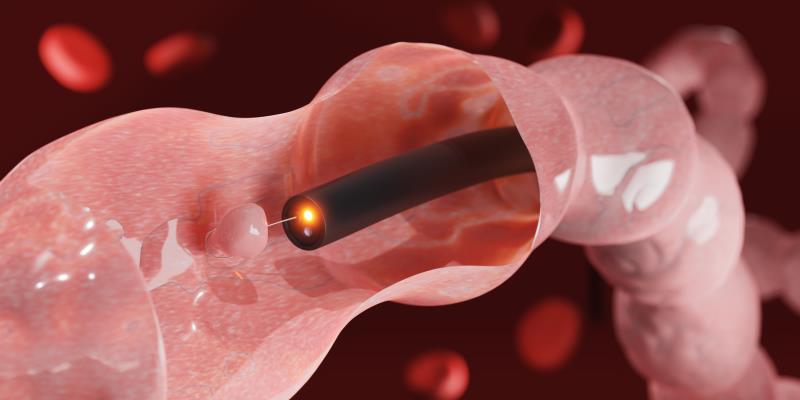
Computer-aided detection (CAD) system–enhanced colonoscopies improve adenoma per colonoscopy (APC) and detection rate (DR) but offers no difference in advanced colorectal neoplasia (ACN) per colonoscopy and a small increase in ACN DR, a study has shown.
In addition, “there is minimal increase in procedure time and no difference in performance across neural network architectures,” the authors said.
The databases of Cochrane Library, Google Scholar, Ovid Embase, Ovid Medline, PubMed, Scopus, and Web of Science were searched for randomized controlled trials (RCTs) comparing CAD-enhanced and conventional colonoscopy.
Forty-four RCTs involving 36,201 cases met the eligibility criteria. CAD-enhanced colonoscopies showed higher average APC (0.98 vs 0.78; incidence rate difference [IRD], 0.22, 95 percent confidence interval [CI], 0.16–0.28) and higher adenoma detection rate (44.7 percent vs 36.7 percent; rate ratio [RR], 1.21, 95 percent CI, 1.15–1.28) than conventional colonoscopy.
No significant difference was seen in average ACN per colonoscopy (0.16 vs 0.15; IRD, 0.01, 95 percent CI, –0.01 to 0.02), but ACN DR was slightly higher with CAD system use (12.7 percent vs 11.5 percent; RR, 1.16, 95 percent CI, 1.02–1.32).
In addition, use of the CAD system led to resection of almost two extra non-neoplastic polyps per 10 colonoscopies and longer total withdrawal time (0.53 min, 95 percent CI CI, 0.30–0.77).
The study was limited by statistically significant heterogeneity in quality and sample size, as well as the inability to blind endoscopists to the interventions.